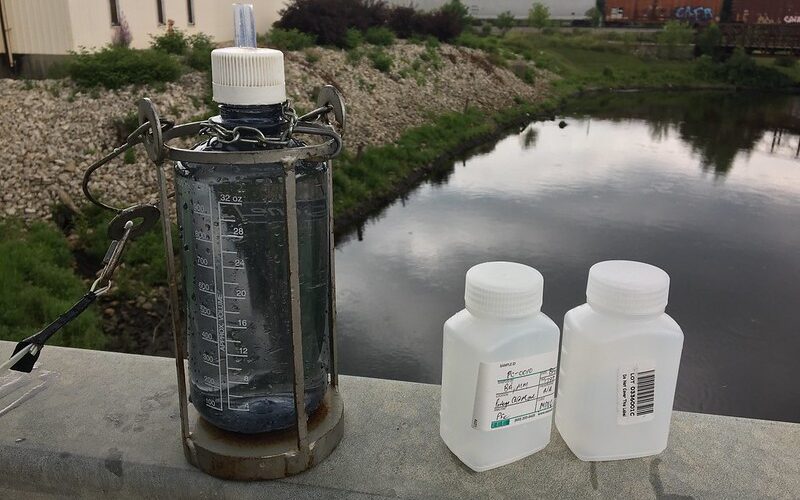Sign up here to receive The Yappie’s weekly briefing on Asian American + Pacific Islander politics and support our work by making a donation.
Asian Americans have an 88% higher rate of dangerous per- and polyfluoroalkyl substances—also known as PFAS, or “forever chemicals”—in their bodies compared to non-Hispanic white people, according to a recent study published in the Environmental Science & Technology journal.
PFAS are notoriously difficult for the environment and the human body to break down, and can sometimes remain in people’s systems for years. They’re typically used to make household products resistant to water, heat, and stains.
- In other words: They’re not natural chemicals.
Most people in the U.S. have “measurable amounts of PFAS” in their bodies due to their frequent use in commercial and industry products, according to the Minnesota Department of Health. While a blood test can tell you your PFAS levels at the time your blood was drawn, it can’t definitively conclude whether your overall PFAS levels are considered safe or not.
- Exposure usually happens through the air, water, and food people consume.
- The chemicals have been linked to non-Hodgkin’s lymphoma and kidney, testicular, prostate, breast, liver, and ovarian cancers.
On our radar: New methods have allowed researchers to understand PFAS exposure based on race/ethnicity, which isn’t a distinction typically made in the field.
- They used mixture item response theory to conduct their analysis, which examined PFAS biomonitoring 2013-2018 data from the U.S. National Health and Nutrition Examination Survey.
It’s unclear why Asian Americans are exposed to higher levels of PFAS, but the study’s authors hypothesize that exposure could be related to the consumption of freshwater fish—which is commonly linked to PFAS contamination—and higher levels of immigration from countries that may have different standards for regulating PFAS, NBC News’ Kimmy Yam reports.
- Of note: Rates of exposure were also higher for lower-income Asian Americans compared to those of higher socioeconomic backgrounds, The Guardian’s Tom Perkins writes.
The caveat: The study doesn’t account for potential differences among Asian ethnic subgroups, as all Asian Americans are grouped into the “Non-Hispanic Asian” category. It also failed to specify data for Native Hawaiians and Pacific Islanders outside the “Other Race, including Multi-Racial” category.
Yes, but: Breaking down health data by race to better understand PFAS’ impacts is a crucial first step to uncovering “disparities in PFAS burden among race/ethnicity as a proxy for racism/structural inequity,” the study stresses.
This story appeared as "The Big Story" in The Yappie’s Sept. 12, 2023 newsletter.
The Yappie is your must-read briefing on AAPI power, politics, and influence, fiscally sponsored by the Asian American Journalists Association. Make a donation, subscribe, and follow us on Twitter (@theyappie). Send tips and feedback to [email protected].









